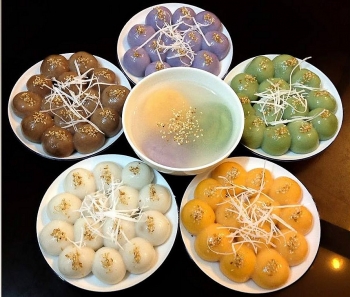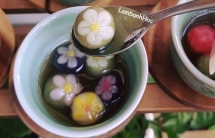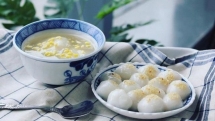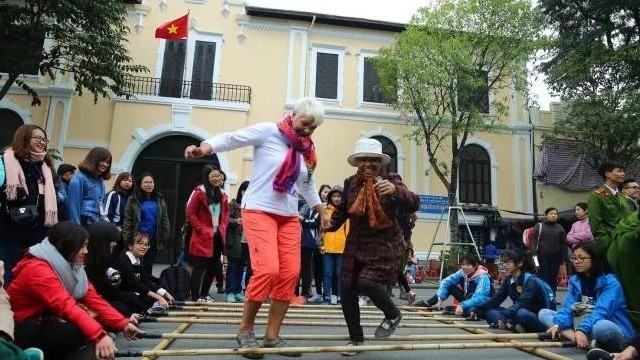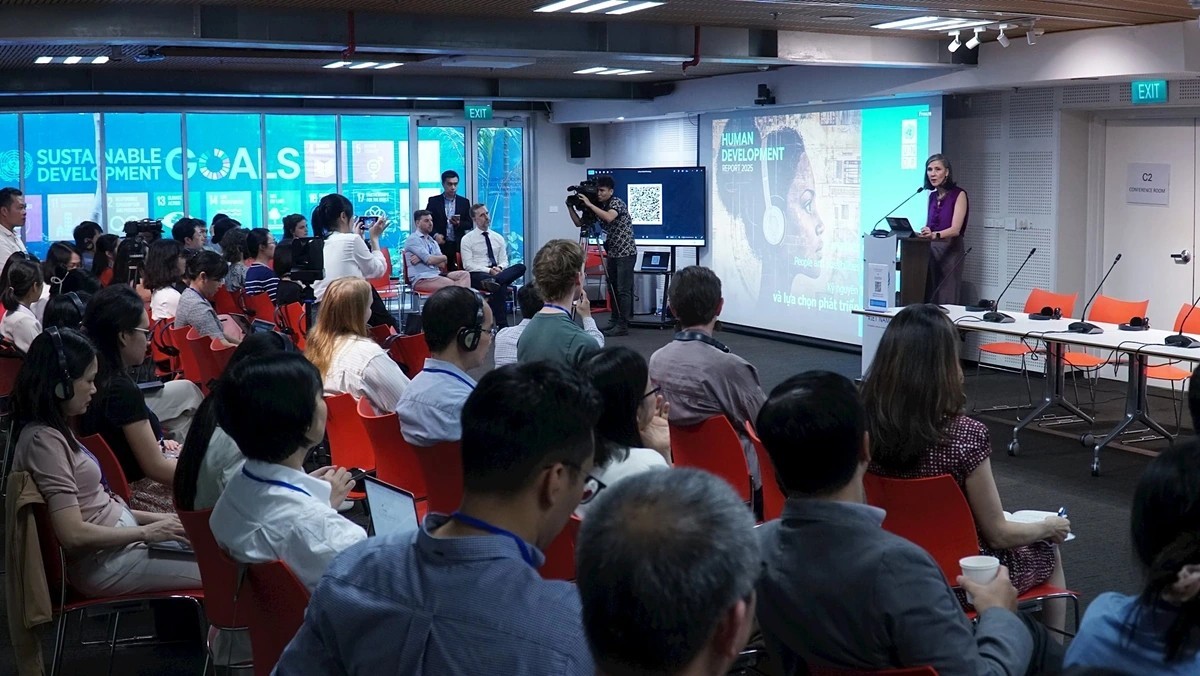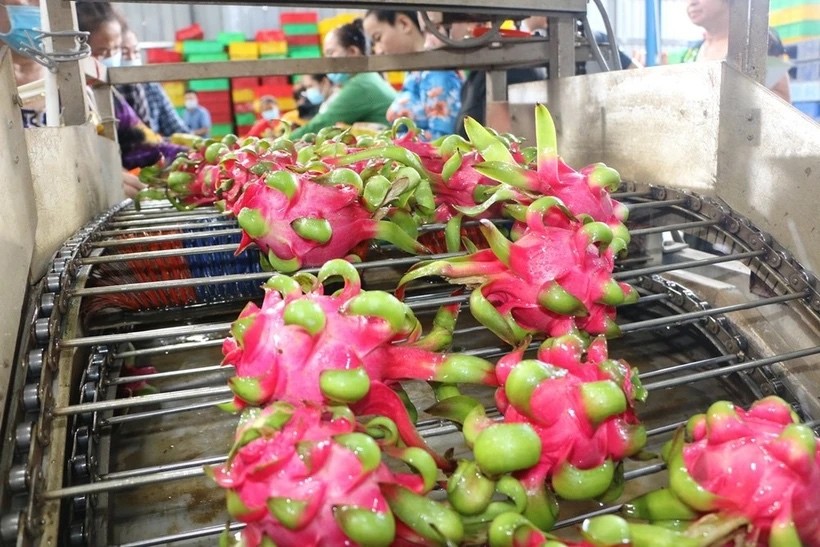Essential dishes in Thanh Minh - Holiday of the Dead in Vietnam
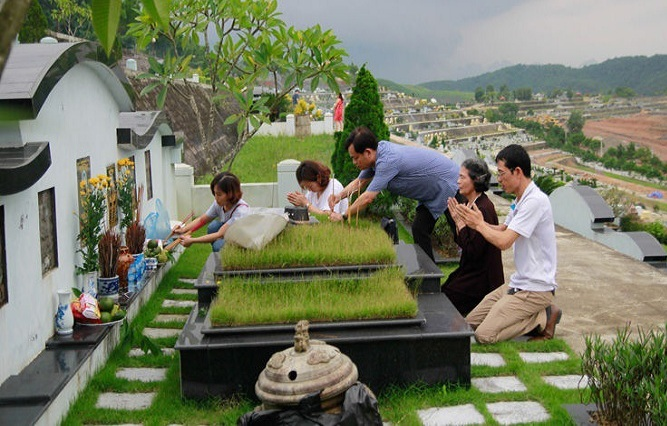 |
| People visit and sweep their ancestor's tombs (Photo: Bao Giao Thong) |
Entering the warm spring when flowers start blooming and every creature seems to shake off its gloomy appearance in the previous winter, Vietnamese people celebrate the traditional festival of Thanh Minh-Holiday of the Dead. The festival is also known as the Cold Food Festival (Tet Han Thuc) as people often eat cold dishes on this day.
Each year, Thanh Minh is conducted on the third day of the third month in the Lunar Calendar, and it aims at showing people’s respect towards their ancestors and their deceased relatives as well.
Thanh Minh falls in from April 4 to April 19, and February 23 to March 8 in Lunar Calendar this year.
The origin of Thanh Minh comes from China Festival called Qing Ming. Qingming Festival, also called Tomb Sweeping Day or, literally, ‘Pure Brightness’ Festival in English, is a traditional Chinese festival and an important day for most people (including the Han Chinese and some of China's 55 other ethnic minorities) to go and sweep tombs and commemorate their ancestors. On this day, tomb-sweeping is one of the most important and popular activities to show respect to ancestors.
It usually falls on April 4 or 5. In 2021, the Qingming Festival falls on April 4, the same day as Easter. The public holiday in China is from April 3 to April 5, 2021. The Qingming Festival started in the Zhou Dynasty (1046–221 BC), and has a history of over 2,500 years.
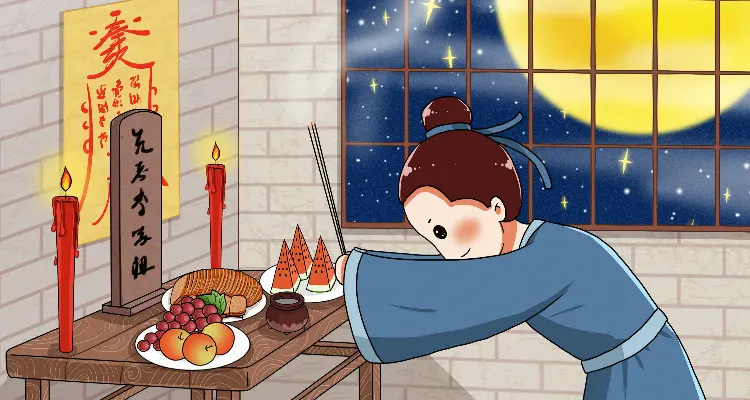 |
| Photo: China Highlights |
It originated from the extravagant and ostentatiously expensive ceremonies that many ancient emperors and wealthy officials held in honor of their ancestors. They offered sacrifices to their ancestors and beseeched them to bless the country with prosperity, peace, and good harvests. In the year 732, Emperor Xuanzong of the Tang Dynasty, declared that respect could only be paid formally at ancestors' graves on the first day of the Qingming solar term. From then on, sweeping tombs on the first of Qingming gradually became popular with both royal and common families, and the tradition has lasted well over a millennium.
Before the Holiday, family members in Vietnam clean and tidy the graves of their ancestors and also the surrounding areas. On the date of Thanh Minh, individuals make solemn visits to the graves with offerings of incense, food and flowers. At home, they eat Banh Troi (spheres made of glutinous rice flour, each with a piece of red sugar inside) and Banh Chay (spheres that are bigger than Banh Troi but contain sweet green bean paste instead of red sugar pieces) as cold foods.
Important dishes in Thanh Minh - Holiday of The Dead
Xoi, che (Sticky Rice and Sweet Soup)
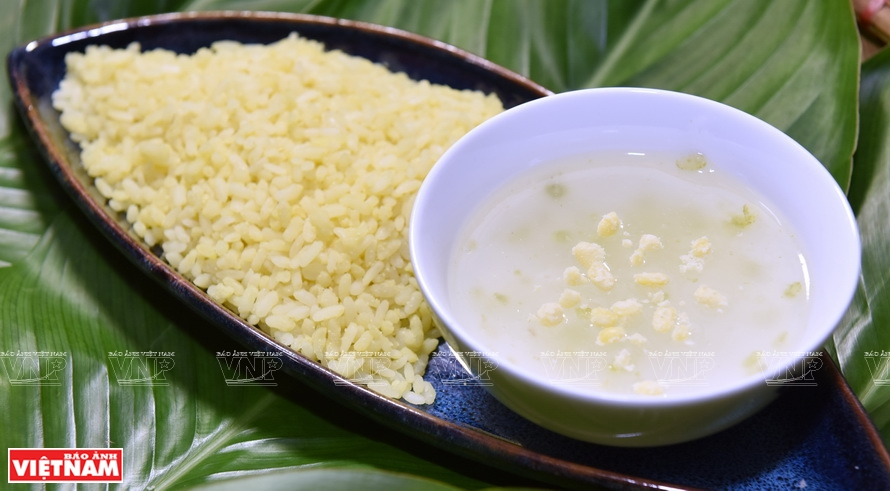 |
| Photo: TTXVN |
One of the important dishes used for offerings in Thanh Minh is Xoi. In different regions in Vietnam, they will replace Xoi, che with Banh chung, but they are all made from Vietnamese popular ingredients: Glutinous rice. Xoi, che are cooked and prepared carefully to give as an offering to the ancestors in order to show respect.
Xoi symbolizes Vietnamese culture and plays an essential role in Vietnamese life, which is an indispensable dish in many rituals. On Tet holiday (the Lunar New Year in Vietnam), every family will cook “xoi gac”-sticky rice with Momordica, with the belief that its appealing red color will bring good luck to this whole new year. Students also have mung bean “xoi” on the day before the test in the hope of passing with high scores, and avoid peanut “xoi” for fear of misunderstanding the requirements of the test.
Xoi as an offering shows respect to the ancestors, the most precious gift of Earth to the loved ones that passed.
Rice
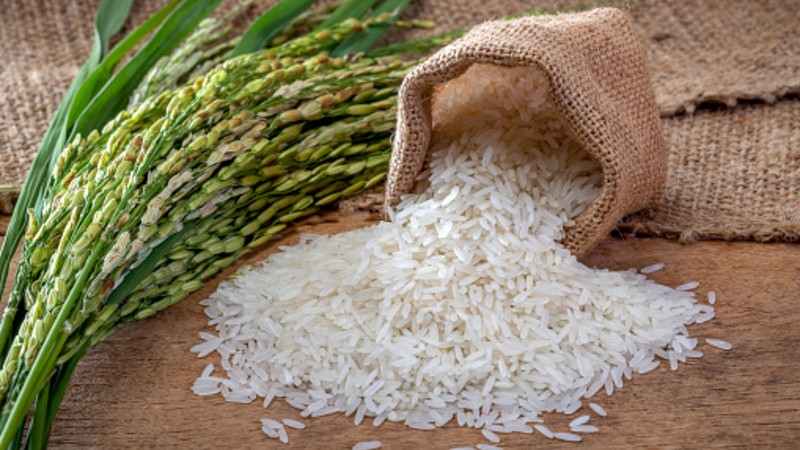 |
| Illustrative photo |
Rice is an important and meaningful dish to offer to the ancestors, as it is a symbol of Life and Earth.
For Vietnamese, rice can mean much more than a type of staple. It is not overstated to assert that rice is the most influential factor in Vietnamese traditional culture and a driving force for history. It is not just because rice is the most popular grain, which cannot be absent in any Vietnamese meal. It is also because rice feeds the population, and that it contains a hidden beauty that can adorn the already elegant Vietnamese culture. Rice is Vietnamese’s unofficial symbol.
Banh troi, banh chay
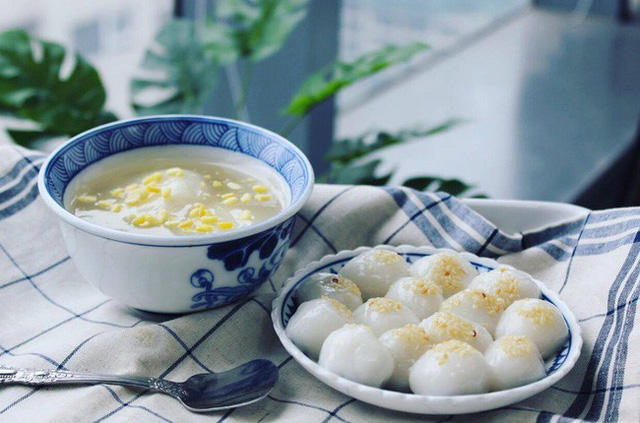 |
| Illustrative photo. |
There are 2 types of Glutinous rice balls: banh troi and banh chay. Banh troi is in size of a grape and made of rice, with a palm sugar cube inside; banh chay is the size of an egg, with mung beans inside and is served with thick sweet sauce.
Banh troi is the name of a traditional Vietnamese dessert that consists of delicious tiny balls of glutinous rice wrapped around a sweet filling. The sticky and elastic dough for banh troi is made with a mixture of plain and glutinous rice flour that's merely bound with water.
The dough is wrapped around a piece of dark palm sugar, rolled into a ball, and cooked until the balls float up to the surface. This authentic Vietnamese dessert is usually associated with northern Vietnam, especially the region of Hanoi. It is served freshly prepared, and roasted sesame seeds or grated coconut are sprinkled on top of each piece.
They mainly come in plain white color, but different food colorings can be added to the basic dough in order to create a more decorative treat. Similar rice sweets are found in numerous Asian countries, and it is believed that bánh trôi has origins in the Chinese culture.
The recipe for making banh chay is similar to banh troi, but inside banh chay is mung beans, and banh chay is served with a thick and sweet sauce that grated ginger and coconut fiber are added to the sauce. Though glutinous rice balls versions may vary from region to region, they all share ingredients in common: green beans, sugar cubes, and sticky rice.
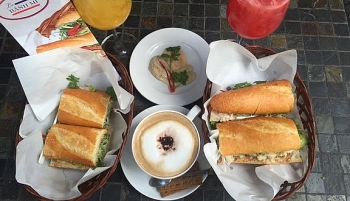 | Foreigners surprised by Vietnamese dining culture Tobias, a Canadian visitor, is surprised to find out that Vietnamese diners can bring food from one restaurant to another to eat. |
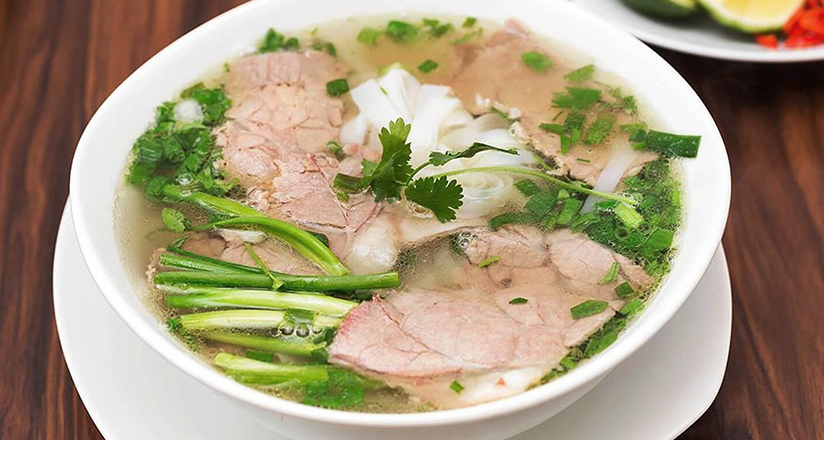 | Hanoi is the most recommended places for traditional food lovers Hanoi and Ho Chi Minh City are the most recommended destinations for traditional food, street food, and places to shop for food, according to the ... |
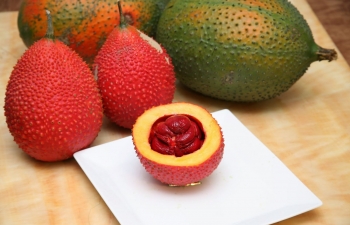 | Xoi gac – fortunate red sticky rice of Vietnam Apart from good flavor and eye-catching appearance, gac sticky rice is very helpful for your health, especially eyes and skin. Therefore, Vietnamese people often have ... |
Recommended
 Handbook
Handbook
Vietnam Moves Up 8 Places In World Happiness Index
 Handbook
Handbook
Travelling Vietnam Through French Artist's Children Book
 Multimedia
Multimedia
Vietnamese Turmeric Fish among Best Asian Dishes: TasteAtlas
 Handbook
Handbook
From Lost to Found: German Tourist Thanks Vietnamese Police for Returning His Bag
Popular article
 Handbook
Handbook
Prediction and Resolution for the Disasters of Humanity
 Handbook
Handbook
16 French Films To Be Shown For Free During Tet Holiday In Vietnam
 Handbook
Handbook
Unique Cultural and Religious Activities to Welcome Year of the Snake
 Handbook
Handbook

